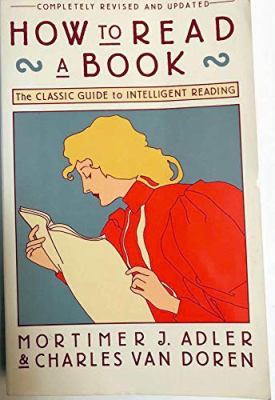After checking in, students and their families were invited to have lunch in small homogeneous groups. I joined the first generation college students along with other faculty members who volunteered to talk about our own college experiences.
Dr. Paul Alexander, VP for Academic Affairs, moderated the meeting. After sharing our five-minute personal stories, he asked us to give one very practical piece of advice to the new emerging scholars. Here are a few of the tips that were shared:
- Learn to write a declarative sentence well. Use this skill in every class. (Dr. Jim Woest got a hearty “Amen!” from English Department Chair, Cora Alley for this one.)
- Sit near the front of the class to avoid distraction (Dr. Alexander)
- Do the assigned reading before class--thoroughly--in order to be prepared to engage in discussion. (Dr. Joe Grana)
- Don’t wait until the last minute to start research papers. (That was mine.)
Professor Alley has been teaching English to college freshmen for over thirty years. She knows that it is not second nature for everyone… and that it’s not only first generation students who need to think about reading in a new way.
She recommended a practical approach to reading efficiently:
1. Use the structure of the book as a guide.
2. Ask questions, and
3. Use a highlighter.
She explained that if you are reading a section under the heading, “Six Types of Neuroses,” ask yourself, “What are the six types of neuroses?” Then grab a highlighter and search the pages specifically for the six types of neuroses. If you haven’t highlighted at least six places, you have missed something.
Take your book to class when participating in class discussions and review the highlighted text when studying for exams.
(I should mention that another strong piece of advice was to buy or rent the textbooks.)
It reminded me of a book called, How to Read a Book by Mortimer Adler (originally published in 1940, revised in 1972 with Charles Van Doren). Although it is over 70 years old, the principles still hold up in the eBook age. In fact, it is currently ranked #2 on Amazon’s best sellers list in the Books & Reading category. It's available in nine languages including two in eBook format. (Check it out from the Darling Library.)
I was introduced to How to Read a Book in the mid-1980s when I was the teaching assistant for a Bibliography and Research in Theological Education course taught at Emmanuel Christian Seminary. It was required reading for all of the incoming graduate students. After reading it myself I decided that if anyone finished the entire book they had missed the point of it. Adler and Van Doren basically agree with Alley’s method for reading material such as college textbooks. Skim and review as needed. (The authors recommend different strategies for reading other types of materials, depending on the purpose.)
As a cataloging librarian, it is a vital skill to be able to categorize a book without reading it. In fact, we often literally “judge a book by its cover.” However, when applying this idiom metaphorically to meeting new people, let’s follow Dr. Grana’s advice. Read them thoroughly and be prepared to engage in discussion.
*~*~*~*~*~*~*~*~*~*~*~*~*~*~*~*~*~*~*~*~*~*~
 Robin Hartman is Director of Library
Services at Hope International University. She is curious about how
the organization and communication of information shapes society and
is committed to equipping students to impact the world for Christ.
Robin Hartman is Director of Library
Services at Hope International University. She is curious about how
the organization and communication of information shapes society and
is committed to equipping students to impact the world for Christ.

No comments:
Post a Comment